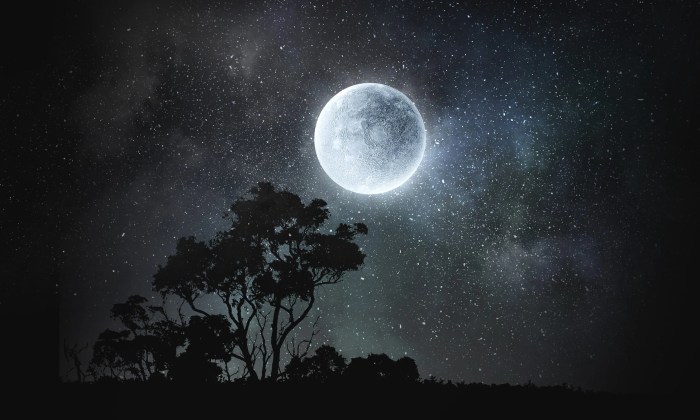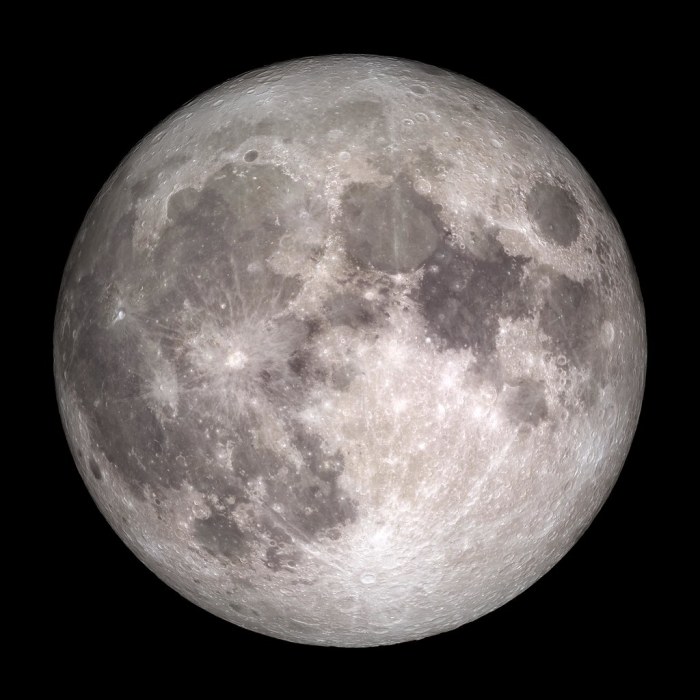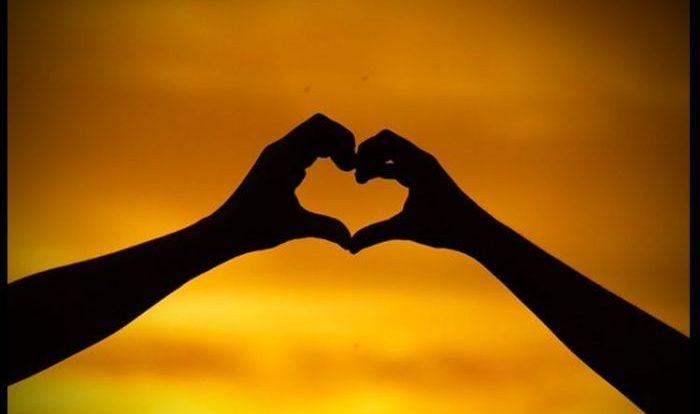Full moon for one crossword, a phrase that evokes both mystery and intrigue, invites us on a captivating journey through its origins, cultural significance, and modern interpretations. This enigmatic expression, with its rich tapestry of meanings, has found its way into literature, art, and popular culture, leaving an indelible mark on our collective imagination.
The full moon, a celestial spectacle that has captivated humanity for centuries, holds a special place in our cultural psyche. Its silvery glow has inspired countless myths, legends, and artistic creations, shaping our understanding of the natural world and our place within it.
Define “Full Moon for One”
The phrase “full moon for one” refers to a situation where an individual is experiencing a period of solitude or isolation, often accompanied by feelings of loneliness or introspection.
This phrase is often used in literature, poetry, and music to evoke a sense of longing, melancholy, or contemplation. It can also be used to describe a time of personal growth or self-discovery, as the individual has the opportunity to reflect on their thoughts and emotions without distractions.
Examples of Usage
Here are some examples of how the phrase “full moon for one” is used in different contexts:
- “Under the full moon for one, she sat by the window, lost in thought.”
- “The full moon for one cast an ethereal glow on the sleeping city.”
- “This full moon for one is a time for me to reflect on my past and plan for my future.”
Origin and History of the Phrase
The phrase “full moon for one” has its roots in the realm of literature and popular culture. Its origins can be traced back to the early 20th century, where it emerged as a poignant expression of solitude and longing.
Solving the crossword puzzle clue “full moon for one” may require you to seek additional information. If you’re curious about the usage and benefits of a particular medication, such as Sophixin DX, you can find comprehensive details at para que es el sophixin dx . Returning to the crossword puzzle, the solution to “full moon for one” is likely a single word that describes the celestial event.
In Literature, Full moon for one crossword
One of the earliest known uses of the phrase “full moon for one” can be found in the 1925 novel “The Great Gatsby” by F. Scott Fitzgerald. In the novel, the protagonist, Jay Gatsby, is depicted as a lonely and enigmatic figure who often gazes up at the full moon, symbolizing his unfulfilled desires and longing for connection.
In Popular Culture
The phrase gained wider recognition in the 1950s and 1960s through popular music. In 1958, the American singer-songwriter Nat King Cole released a song titled “A Full Moon for One,” which further popularized the phrase and its association with themes of solitude and romantic longing.
Cultural Significance and Symbolism
The full moon has held cultural significance and symbolic meaning in various cultures throughout history. In many traditions, it has been associated with both positive and negative aspects of human experience.
In some cultures, the full moon is seen as a time of heightened spiritual awareness, psychic abilities, and heightened intuition. It is often associated with the subconscious mind and the emotions, and is considered a time for reflection, introspection, and self-discovery.
Positive Associations
- Fertility and abundance:In many cultures, the full moon is associated with fertility and the abundance of the natural world. It is often seen as a time for planting, harvesting, and celebrating the fruits of the earth.
- Transformation and renewal:The full moon is also seen as a time of transformation and renewal. It is a time to let go of old patterns and habits, and to embrace new beginnings.
- Inspiration and creativity:The full moon is often associated with inspiration and creativity. It is a time when the mind is open to new ideas and possibilities.
Negative Associations
- Madness and violence:In some cultures, the full moon is associated with madness and violence. It is believed that the full moon can trigger mental instability and aggression.
- Illness and misfortune:In some cultures, the full moon is also associated with illness and misfortune. It is believed that the full moon can weaken the immune system and make people more susceptible to disease.
Literary and Artistic Representations: Full Moon For One Crossword

The phrase “full moon for one” has captured the imagination of artists and writers throughout history, inspiring a diverse range of literary and artistic interpretations.
Literature
In literature, the phrase has often been used to evoke a sense of loneliness, introspection, and the yearning for connection.
- In Wuthering Heightsby Emily Brontë, the protagonist Heathcliff is described as having a “full moon for one” after the death of his beloved Catherine.
- In The Great Gatsbyby F. Scott Fitzgerald, the character of Gatsby is depicted as searching for a “full moon for one” in his pursuit of Daisy Buchanan.
Art and Music
In art and music, the phrase has been used to convey a range of emotions and experiences, from longing and solitude to celebration and transformation.
- The painting Full Moon for Oneby Edward Hopper depicts a solitary figure standing on a balcony, gazing at the full moon.
- The song Full Moon for Oneby the band Son Volt explores themes of isolation and longing.
Modern Interpretations and Usage

The phrase “full moon for one” continues to be used in contemporary society, carrying various meanings and connotations. It has evolved beyond its original context and now serves as a versatile expression in different situations.
Meaning and Connotations
Today, the phrase often conveys a sense of solitude, introspection, and self-reflection. It suggests a time when individuals can connect with their inner thoughts and emotions, free from external distractions. The “full moon” symbolizes heightened intuition, heightened senses, and a time for spiritual growth and transformation.
Usage in Literature and Art
The phrase has found its way into contemporary literature and art, often evoking themes of loneliness, isolation, and self-discovery. In modern poetry, it is used to explore the complexities of the human psyche and the search for meaning in solitude.
Popular Culture
In popular culture, the phrase has been used in film, television, and music to convey a range of emotions and experiences. It can be a metaphor for moments of vulnerability, longing, or a desire for connection. The phrase has also been used to describe a state of mind where individuals feel disconnected from the world around them.
Examples of Usage in Different Media
The phrase “full moon for one” has been employed in various media, contributing to its widespread recognition and diverse interpretations.
In film, the phrase often evokes a sense of isolation and longing. For instance, in the 1985 film “The Breakfast Club,” a group of teenagers spend a Saturday in detention, and one of them, Bender, uses the phrase to describe his feelings of loneliness.
Television
In television, the phrase has been used in both comedic and dramatic contexts. In the popular sitcom “Friends,” the character Phoebe Buffay frequently uses the phrase to express her desire for a romantic partner. Conversely, in the drama series “Lost,” the phrase is used to convey the characters’ sense of isolation and vulnerability on a deserted island.
Music
The phrase has also found its way into music lyrics. In the song “Full Moon for One” by the British singer-songwriter Cat Stevens, the phrase is used to describe the protagonist’s feelings of loneliness and isolation after a breakup.
Essential Questionnaire
What is the origin of the phrase “full moon for one”?
The phrase “full moon for one” has its roots in ancient folklore, where the full moon was often associated with heightened emotions, supernatural occurrences, and transformative experiences.
How has the phrase “full moon for one” been used in literature?
The phrase has been used in literature to create a sense of mystery, atmosphere, and emotional intensity. Notable examples include Shakespeare’s “A Midsummer Night’s Dream” and Emily Dickinson’s poem “Because I could not stop for Death.”
